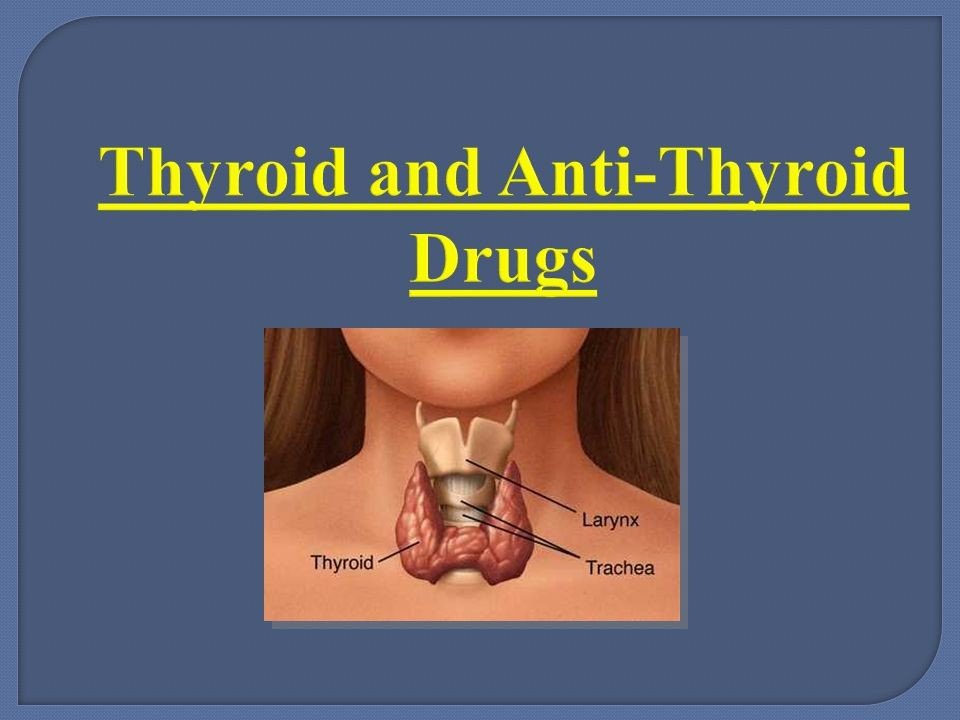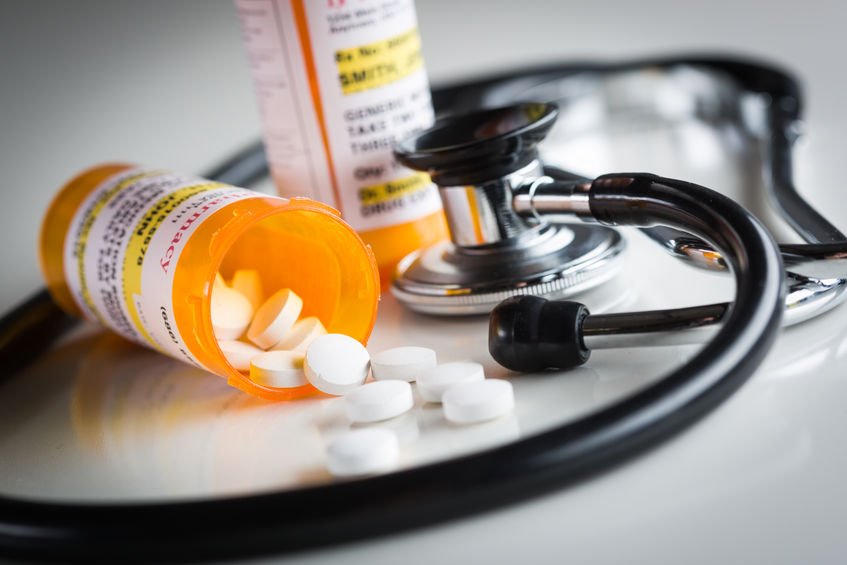Anti Thyroid Drugs – This book covers the entire syllabus of “Pharmacology” prescribed by BNMC- for diploma in nursing science & midwifery students. We tried to accommodate the latest information and topics. This book is an examination setup according to the teachers’ lectures and examination questions.
At the end of the book, previous questions are given. We hope in touch with the book students’ knowledge will be upgraded and flourish. The unique way of presentation may make your reading of the book a pleasurable experience.
Anti Thyroid Drugs
Drugs that are capable of interfering directly or indirectly with the synthesis of thyroid hormones are known as anti-thyroid drugs.
Classification of anti-thyroid drugs
A. According to mode of action:
a. Inhibition of thyroxin synthesis
1. Thiourea
2. Thiouracil
3. Carbimazole
4. Methimazole
5. Propyl thiouracil
6. Methylthiouracil
b. Inhibitors of iodine trapping
1. Thiocyanate
c. Drugs that destroy thyroid tissue:
1. Radioactive iodine – I131

Mechanism of action of thiourea derivatives
They inhibit the enzyme peroxidase in the thyroid gland, which is necessary for conversion of inorganic iodine to iodine Incorporation of iodine in tyrosine molecule Coupling of tyrosine molecule to form thyroxin
Indications
1. For chronic treatment of the hyperthyroidism until spontaneous remission occur.
2. Preparation for surgery of thyroid until achievement of euthyroid.
3. Thyroid storm.
Anion inhibitors
Iodine, iodide and potassium perchlorate are examples of anion inhibitors.
Potassium perchlorate inhibits the uptake of iodine by the thyroid, but is no longer used owing to the risk of aplastic anaemia.
Iodide is the most rapidly acting treatment against thyrotoxicosis and is given in thyrotoxic crisis (thyroid storm).
Mechanism of action
Iodine and iodide cause inhibition of conversion of T4 to T3, of organification, and of hormone secretion. They also reduce the size and vascularity of the gland, which is evident after 10-14 days.
Route of administration
Oral.
Indications
Thyrotoxicosis; preoperatively.
Contraindications
Iodine and iodide should not be given to breastfeeding women as they cause goitre in infants.
Adverse effects
Iodine and iodide can cause hypersensitivity reactions including rashes, headache, lacrimation, conjunctivitis, laryngitis and bronchitis. With long-term treatment, depression, insomnia and impotence can occur.
Therapeutic regimen
Iodine and iodide are given 10-14 days before partial thyroidectomy, with either carbimazole or PTU. They should not be given long term as iodine becomes less effective.

B-Adrenoceptor antagonists.
B-Adrenoceptor antagonists
Propranolol and atenolol are examples of ẞ-adrenoceptor antagonists. They are used to attenuate the symptoms of increased thyroid hormone levels, and the effect of increased numbers of adrenoceptors caused by thyroid hormone.
Mechanism of action
B-Adrenoceptor antagonists reduce tachycardia, the basal metabolic rate, nervousness and tremor.
Route of administration
Oral.
Indications
Thyrotoxic crisis; preoperatively.
Contraindications
B-Adrenoceptor antagonists should not be given to people with asthma.
Adverse effects
The side-effects of ẞ-Adrenoceptor antagonists are given in chapter 2
Radioiodine
The use of radioactive iodine to treat hyperthyroidism is not classically considered pharmacology, although it is used in the management of thyroid disorders

Read More…
